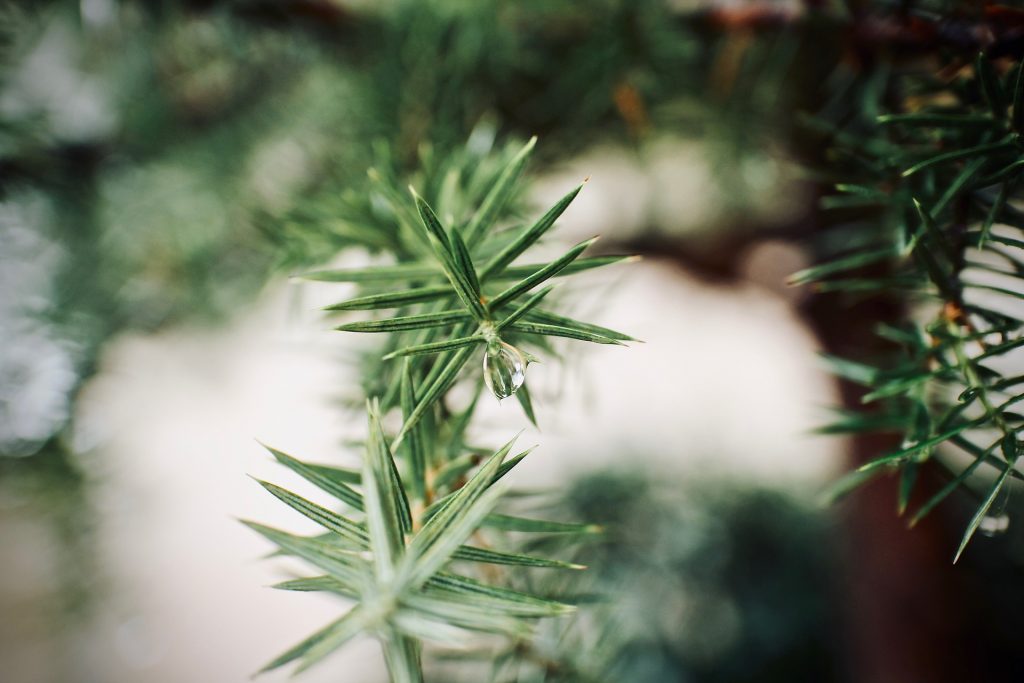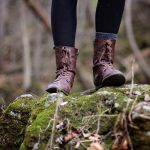BY LEAH ZERBE
Conservation as we know it is not working.
“If it worked, we wouldn’t have just lost 3 billion birds and insects wouldn’t be declining,” explained entomologist and best-selling author Doug Tallamy, Ph.D.
To be clear, parks and other protected green spaces are crucial. But when we restrict supporting nature only to parks, we’re leaving millions of acres off the table.
Tallamy’s solution to our dire ecological situation is bold, but surprisingly doable: “We need to put the park system right where we live.”
And we need to plant native.
That’s why Tallamy, author of “Nature’s Best Hope” and the new book “The Nature of Oaks,” created the Homegrown National Park program.
More than 80% of U.S. land is privately owned. But if we planted native on 50% of this land, we could restore biodiversity, Tallamy said.
‘It’s all about empowerment’
The key to supporting nature (which in turns, supports us), historically has not been taught in schools.
That’s left millions of folks with a “low nature IQ,” unable to fully connect the dots on why humans need nature (including insects) to survive, Tallamy said.
Even well-intentioned gardeners to this day often favor plants that originated in places like Europe, Asia and other parts of the world. But our native, beneficial insects simply can’t complete their life cycles on these plants, and that’s stripping our landscapes of pollinators, caterpillars and the birds that rely on them to feed their young.
So here’s what we need to do: grow the most powerful, life-supporting native plants like our lives depend on it. This includes trees, shrubs, flowers and grasses that are biologically meant to grow and support life in our region. These indigenous plants, along with insects and other animals evolved to exist with them — are crucial for biodiversity, clean water, flood control, a strong and healthy food web, a more stable climate and economy and more.
“In the past, we have asked one thing of our gardens — that they be pretty. Now they have to support life, sequester carbon, feed pollinators and manage water,” Tallamy said. “This is all about empowerment. We’re talking about global issues with a grassroots solution.”
And the great news is this: The Homegrown National Park program is for newbie gardeners and veterans alike. All you need is a willingness to turn a part of your yard into a native plant garden. No yard? No worries. I’m managing native plantings all over the county and am always looking for volunteers!\.
Once your planting consisting of native plants is complete, gardeners can register their project (and download a file to print Homegrown National Park signage) at https://homegrownnationalpark.org. The goal is that bit by bit, every little (or big!) planting will help bring our birds and pollinators back home.
Bringing caterpillars back
“A landscape that doesn’t have a lot of caterpillars is a dead landscape, and who wants to live there,” Tallamy said.
That’s right, the leaves of our trees, grasses and flowers are meant to be nibbled by our indigenous insect friends.
To draw beneficial insects to your Homegrown National Park, you’ll need to plant native host plants for butterfly and moth caterpillars.
It’s also crucial to avoid pesticides and fertilizers in your Homegrown National Park. This includes sourcing your native plants from growers who do not use systemic neonicotinoid insecticides.
What’s so fun is how fast the caterpillars show up. I can personally attest to this. From my large pollinator meadow to smaller pocket native plant gardens in my yard, life shows up quickly.
In fact, Tallamy has a photograph of a tiny caterpillar standing on the ground feasting on the leaf of a newly germinated 3-inch pin oak. (Native oak trees host 500-plus different caterpillar species.)
Once you notice your caterpillar population growing, you’ll likely notice new bird visitors, too.
“When you bring the caterpillars back, you bring the birds back,” Tallamy said. “That’s what the migrants are depending on, particularly in spring. It’s what all of the breeding birds are depending on.”
In fact, a chickadee trying to breed in your yard needs thousands of thousands of nearby caterpillars for one successful nest.
“They won’t get that from Bradford pear or crape myrtle,” Tallamy said. “You have to pick the powerful native plants — the ones that support the most caterpillars.”
Top life-supporting native plants for our area
Several species form the backbone of a local ecosystem, primarily by fueling insects. As always, make sure the species you choose work with the soil moisture levels and sun exposure of your planting site. And opt to choose “straight species” instead of fancy cultivars or “nativars” that are often bred in a way that changes the chemistry of the plant.
Some key choices for your Homegrown National Park include white, red, pin and other native oaks; black cherry (Prunus serotina); pussy willow (Salix discolor); native viburnums, like arrowwood viburnum (Viburnum dentatum); native blueberries; native milkweed, goldenrod and asters.
Learn more at https://homegrownnationalpark.org. And if you’re already growing native plants, be sure to put your project on the map. Let’s show the country what Schuylkill County’s got.
If you’re interested in learning more about how to source the best native plants or have planting questions, feel free to email me at leah.zerbe@gmail.com or call 267-566-3377. I am also available for presentations to civic associations, gardening clubs, schools, assisted-living facilities, municipalities and more.




